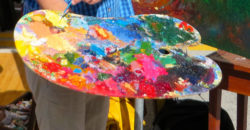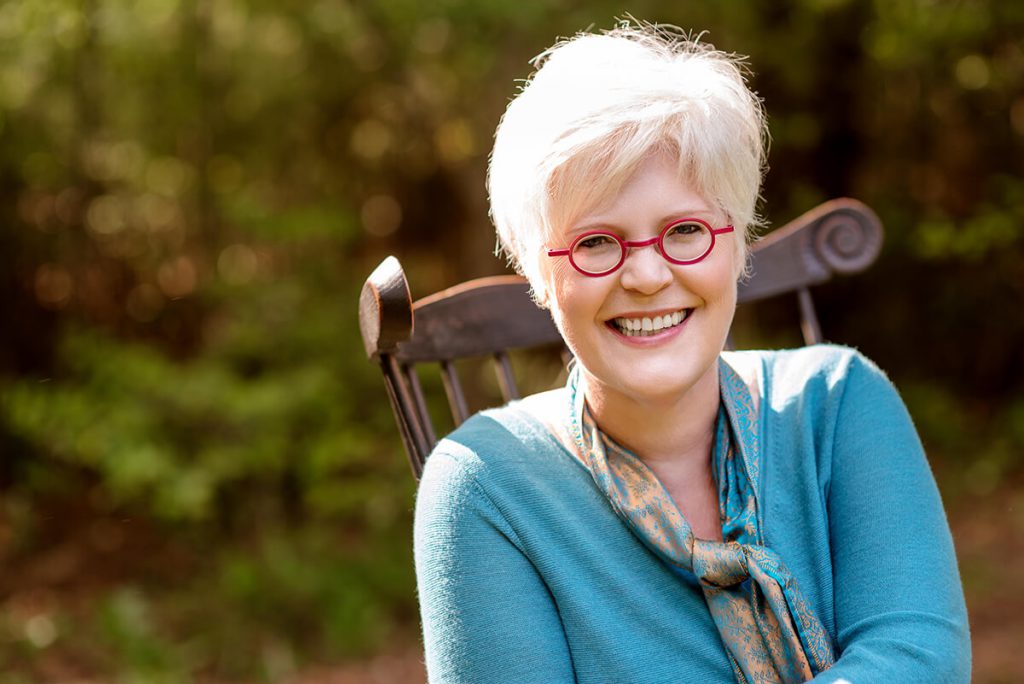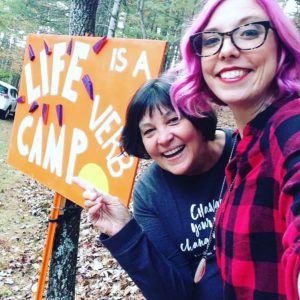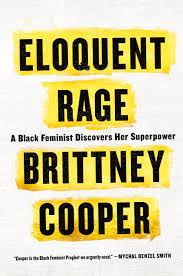Women keep lighthouses – Ida Lewis
Toughness doesn’t have to come in a pinstripe suit. -Dianne Feinstein
Used to be, and in some places still is, women could only expect to be teachers, nurses, or secretaries, as my friend Janna writes in a recent story. Noble professions all, among the very noblest and most important, and yet a choice of three only? Was there anything more we could do? Like be a tuba player, or a physicist, or a candle maker or a poet?
Imagine my delight on visiting the Tybee Lighthouse yesterday, our happy caravan pumping our way down the bike path across the island, enjoying brisk blue air as we made our way there on this blessedly flat space, anticipating the 178 winding heart-pumping steps to the top of the black and white tower, enough height for one day. As we bought our tickets to begin our ascent, a book caught my eye in the gift shop: Women Who Kept the Lights: An Illustrated History of Female Lighthouse Keepers. It became my beach time reading, sparking all manner of internal monologue: What do we consciously or unconsciously do to our young baby women? Are we opening up possibilities to them, or closing them down, even in these enlightened days?
 Born Idawalley Zorada Lewis in 1842, she preferred to be called Ida. I imagine we all might. Her father became the first light keeper at Lime Rock in Newport Harbor, Rhode Island in 1853 when she was eleven years old. At the time, there was only a temporary lantern in a rough shed, put there in case the keeper couldn’t row the 200 yards back to shore in a storm. The government took pity on him and in 1857 built a beautiful Greek Revival building with a hip roof to make his job easier—no more arduous commute by sea. Her father moved Ida, then only 15, and the family to Lime Rock, completely surrounded by water.
Born Idawalley Zorada Lewis in 1842, she preferred to be called Ida. I imagine we all might. Her father became the first light keeper at Lime Rock in Newport Harbor, Rhode Island in 1853 when she was eleven years old. At the time, there was only a temporary lantern in a rough shed, put there in case the keeper couldn’t row the 200 yards back to shore in a storm. The government took pity on him and in 1857 built a beautiful Greek Revival building with a hip roof to make his job easier—no more arduous commute by sea. Her father moved Ida, then only 15, and the family to Lime Rock, completely surrounded by water.
 The only way to the mainland was via boat, and Ida, the oldest of four children, rowed the other children to school every day and returned with whatever supplies were needed from the town.
The only way to the mainland was via boat, and Ida, the oldest of four children, rowed the other children to school every day and returned with whatever supplies were needed from the town.
 When she was just fifteen, four young men capsized their boat in the harbor when one of them climbed the mast and started rocking the boat to tease his friends. Since none of the boys could swim, they would have drowned if Ida hadn’t saved them as they clung to the hull of their boat screaming for help. In the dead of winter 1866, she came to the rescue of a drunken sailor. In 1867 during a storm, 3 sheepherders had gone into the water after a valuable sheep. Ida not only saved them but the sheep as well. On March 29,1869, Ida came to the aid of two soldiers from Fort Adams–their sailboat had overturned in a storm; it was a rescue immortalized in a painting commissioned by the U.S. Coast Guard, and for which she received a medal by act of Congress.
When she was just fifteen, four young men capsized their boat in the harbor when one of them climbed the mast and started rocking the boat to tease his friends. Since none of the boys could swim, they would have drowned if Ida hadn’t saved them as they clung to the hull of their boat screaming for help. In the dead of winter 1866, she came to the rescue of a drunken sailor. In 1867 during a storm, 3 sheepherders had gone into the water after a valuable sheep. Ida not only saved them but the sheep as well. On March 29,1869, Ida came to the aid of two soldiers from Fort Adams–their sailboat had overturned in a storm; it was a rescue immortalized in a painting commissioned by the U.S. Coast Guard, and for which she received a medal by act of Congress.
 President Grant and General Sherman both made trips to Lime Rock to meet her, she became a buddy of Admiral Dewey for whom she named one of her beloved cocker spaniels, and she received a private pension from Andrew Carnegie when no government resource was forthcoming. Elizabeth Cady Stanton and Susan B. Anthony took it upon themselves to visit her on the little island of Lime Rock.
President Grant and General Sherman both made trips to Lime Rock to meet her, she became a buddy of Admiral Dewey for whom she named one of her beloved cocker spaniels, and she received a private pension from Andrew Carnegie when no government resource was forthcoming. Elizabeth Cady Stanton and Susan B. Anthony took it upon themselves to visit her on the little island of Lime Rock.
Of her life’s work, Ida stated plainly, "There are hundreds of boats going in and out of this harbor. It’s part of my happiness to know that they are depending on me to guide them safely."
In 1924 the Rhode Island legislature changed the name of Lime Rock to Ida Lewis Rock and the lighthouse service renamed the lighthouse "Ida Lewis Lighthouse," the only time this honor has ever been given to a keeper.
 I taught Junior Achievement for nine weeks at a local high school recently. What I was distressed about most wasn’t the difficulty the kids had in paying attention or staying awake, but the smallness of their dreams, a tightly drawn set of possibilities, not a wild and audacious one. Can we all commit just to one child on this planet that we will open up the world of possibilities for them? Just to one child, ours or someone else’s, or a child we don’t yet know? That in that one child’s life, we will make sure they see big horizons and possibilities? That’s all. Just one.
I taught Junior Achievement for nine weeks at a local high school recently. What I was distressed about most wasn’t the difficulty the kids had in paying attention or staying awake, but the smallness of their dreams, a tightly drawn set of possibilities, not a wild and audacious one. Can we all commit just to one child on this planet that we will open up the world of possibilities for them? Just to one child, ours or someone else’s, or a child we don’t yet know? That in that one child’s life, we will make sure they see big horizons and possibilities? That’s all. Just one.
It might be as simple as cutting out newspaper stories about unusual or interesting jobs for them every few months. Or taking them to see an artist at work in their studio. Or buying them one of the “Cool Careers for Girls” books by Ceel Pasternak. Or introducing them to a health care worker who can tell them firsthand what it takes to be a physical therapist. Kids need us to help break open the horizon so they can see their own sun. Truly they do. And sometimes, as in Ida’s case, being thrust into the world with trust allows them to find their own ground, their own strength, their own rescue.
[last photo is of little Tessie at big Tybee Lighthouse]








